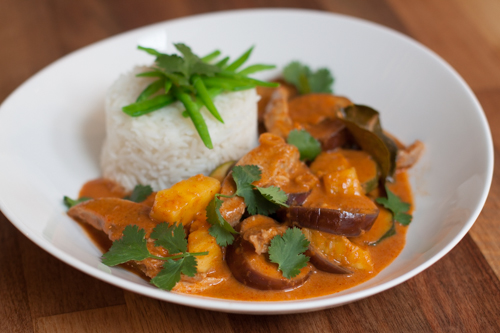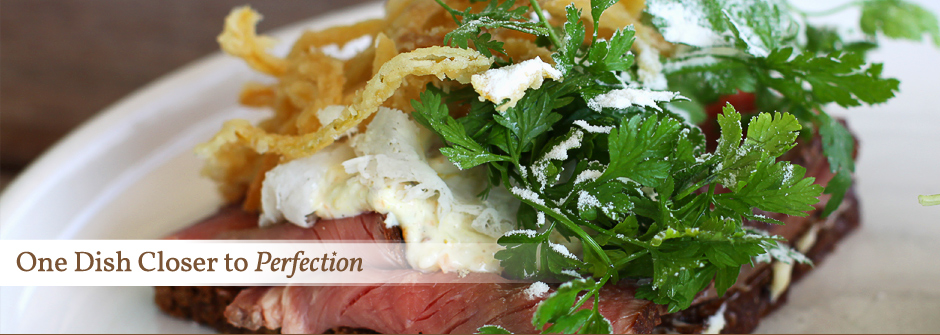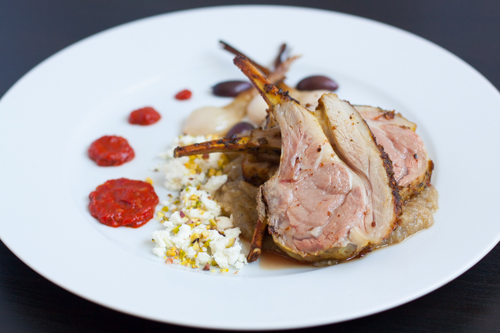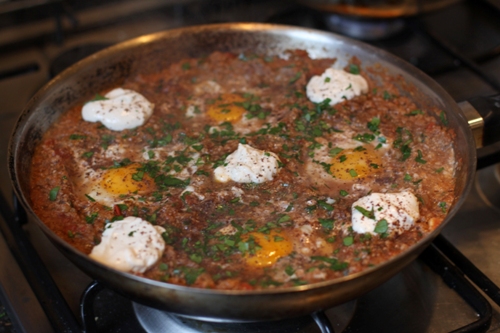Recipes for lockdown: Thai red duck curry
 Monday, April 6, 2020 at 8:55AM
Monday, April 6, 2020 at 8:55AM 
I know, I know – duck curry is an extravagant dish to be posting in the middle of a global crisis, but in this set of recipes I'm aiming to use things that you can easily procure at the supermarket. As I said in my last blog post, I have had difficulty getting the basics, but more expensive, luxury items are fully stocked.
Coconut milk, like most tinned goods, have often run out at the big supermarkets, but try your local ethnic corner store. We have a Pakistani one near us, which is fully stocked with all sorts of spices, curry pastes and plenty of coconut milk.
I'm also trying to use up odds and ends that you might have in your cupboards. This is my excuse for using store bought red curry paste – I’ve had half a jar of it in the back of the pantry for some time. Since it is old, it has probably lost a bit of flavour, so I added some fresh garlic, ginger and lemongrass to my curry to revitalise it. I’ve marked these as optional in the recipe, since you don’t need them if you have fresh curry paste.
If you want to make your own red curry paste, then I highly recommend David Thompson’s recipe, though some of the ingredients will only be available in a Thai supermarket. If that is difficult, then this recipe by Nagi on Recipe Tin Eats is a great alternative. It is based on Thompson’s recipe, but with a slightly simplified ingredients list, most of which you should be able to get easily. The only thing I haven't often seen in the shops here is galangal, but you can substitute fresh ginger.


